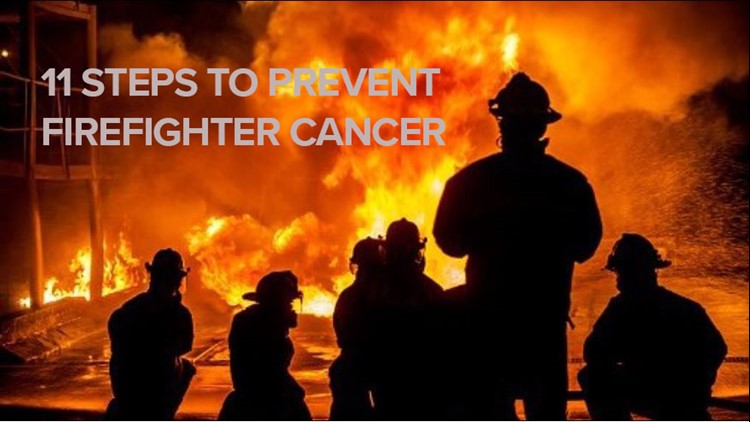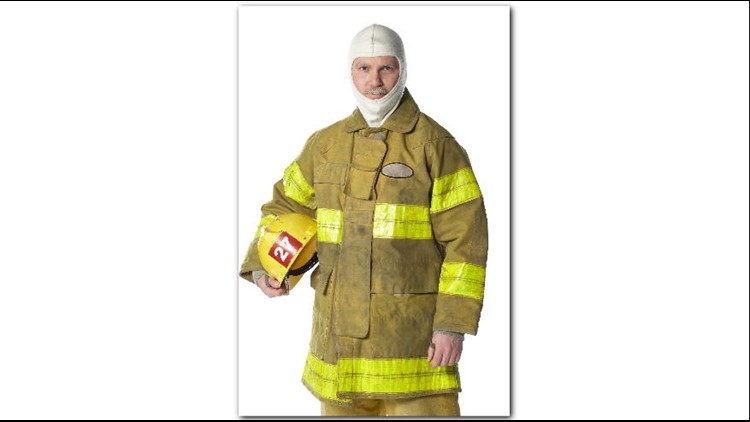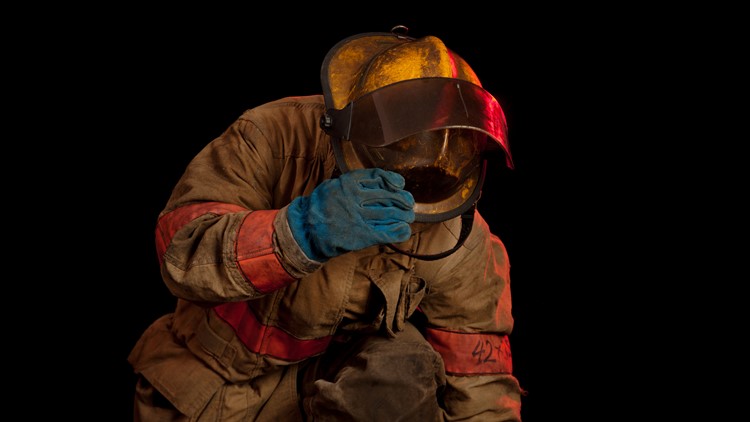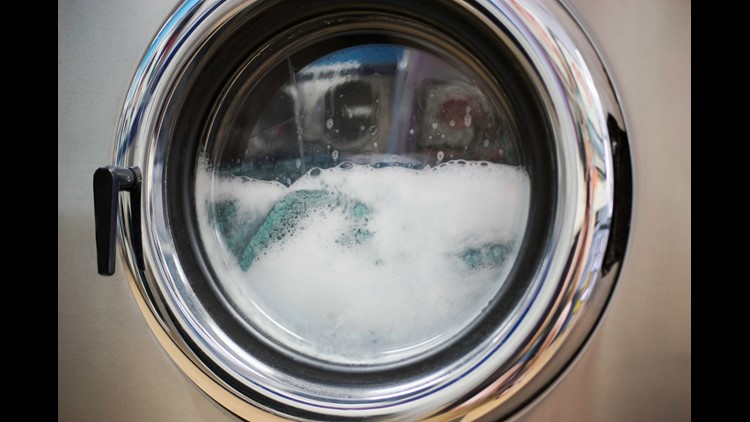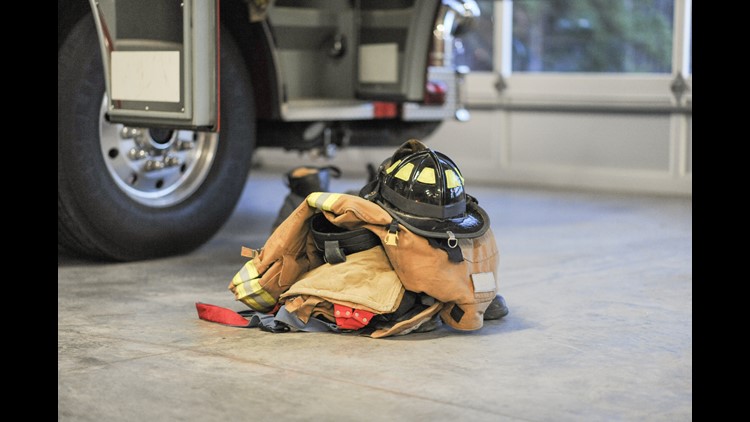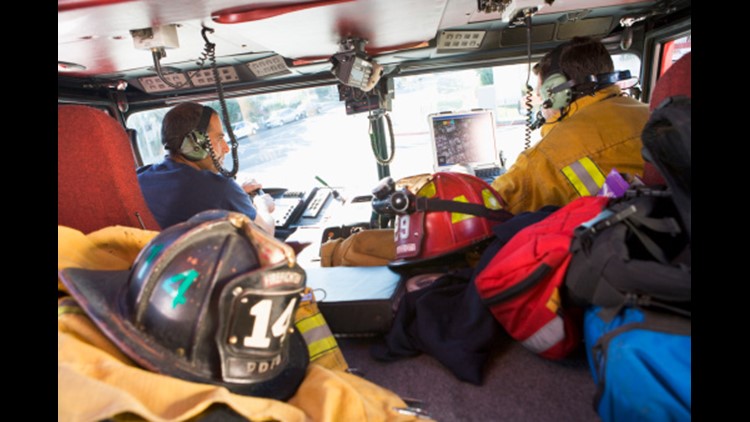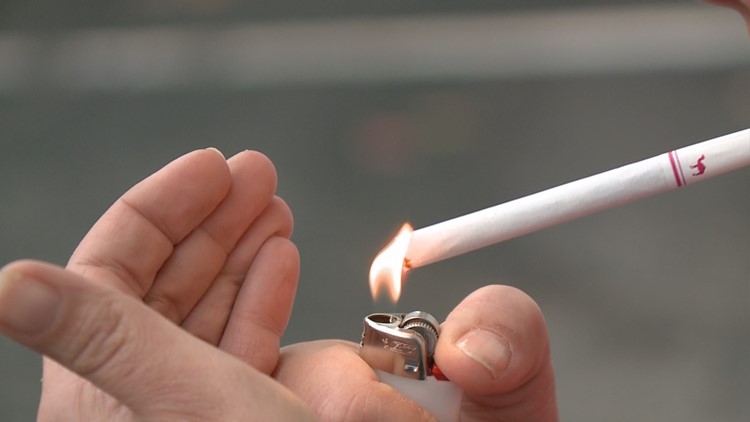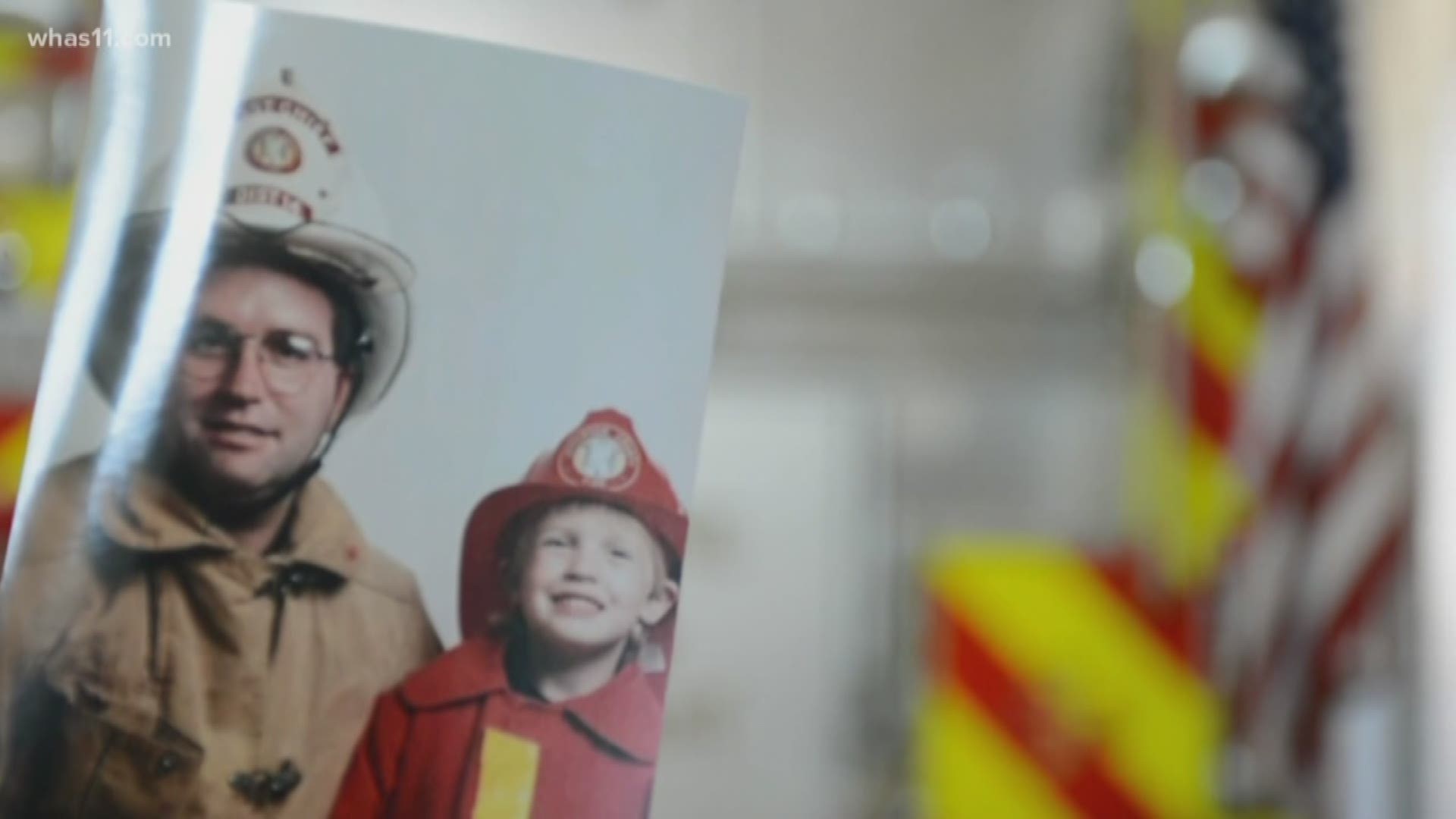LOUISVILLE (WHAS11) -- Today, research shows firefighters across the country are dying of cancer at an alarming rate. Many of their deaths are linked to the job. In fact, cancer is the leading cause of firefighter deaths, but only now are fire departments, large and small, beginning to take action.
Okolona's Jordan Yuodis joined the department ten years ago. He's seen the changes firsthand.
"If you were dirty, if your gear was dirty, it was a sign of seniority. People looked up to you if your helmet was charred black," Yuodis said.
Firefighters wore the same gear all day long, whether there was one fire or three. That's no longer the case.
Research in the last few years has found carcinogens released from fires are more toxic than they've ever been.
PHOTOS: 11 steps for firefighters to prevent cancer
"It is the biggest killer of firefighters right now," Dr. James Cripps, a scientist who spent nearly a decade with the Highview Fire Department said.
The reality is fires battled today are much different than they were 20 years ago. Before, everything was made of natural materials, like cotton and solid wood. Today, it's plastics.
"You're stepping into a Hazmat situation if you think about it, not prepared," Cripps said.
They're breathing it in. It's saturating their gear and seeping into their skin, the same toxins known to cause cancer.
"Like everything else in life, it's not going to happen to me, it's not going to happen to us and then it hits your agency," Yuodis said.
It hit Okolona last year. Sgt. Jeff Kampschaefer died one month after he was diagnosed with Non-Hodgkins Lymphoma. He's one of eight firefighters who've died of cancer in the last three years in Jefferson County, drastic changes are being made in the way firefighters approach the job and their health.
Many departments offer two sets of gear for each person.
"We come back from a fire and put our spare set on," Yuodis said.
It's an additional cost of $3,000 to $5,000 a set.
Firefighter gear is now worn the entire time they're on scene, scrubbed with soap and water before they leave and kept in a separate room away from the fire trucks when they return. They're cleaned inside industrial washers.
New exhaust systems are also in place to keep the fumes from the fire trucks contained.
"This has been a huge, huge help," Yuodis said.
Baby wipes are at every corner of the station and in every truck. Some departments have installed saunas, so firefighters can detox after each fire.
Some departments are also paying for annual doctor visits.
"We spend about $500 every year for each firefighter physical in Jefferson County," Dr. Cripps said.
You're lucky if your department has the budget for most of these.
"There isn't a surplus of money laying around. We have to make tough choices," Cripps said.
Dr. Cripps says many firefighters buy what they can on their own, like the new Nomex hoods you wear under your breathing mask. The newer versions block almost 100 percent of the toxins from your skin compared to the typical hood, which only blocks five.
"The vast majority of our contamination is in our face," Cripps said.
He calls it a no-brainer.
"We can't change those existing exposures we've had. Our chances are already there," Cripps said.
However, we can reduce the risk for new firefighters by spreading the word.
►Contact reporter Brooke Hasch at bhasch@whas11.com. Follow her on Twitter (@WHAS11Hasch) and Facebook.



